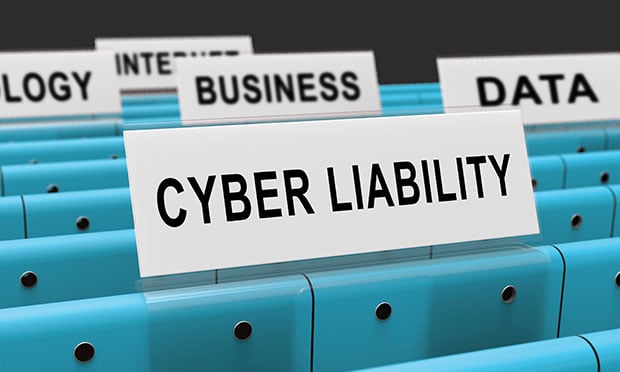 When a loss occurs it really boils down to two things for insurers: Whether to pay and whether you can get your money back. (Photo: Stuart Miles/Adobe Stock)
When a loss occurs it really boils down to two things for insurers: Whether to pay and whether you can get your money back. (Photo: Stuart Miles/Adobe Stock)
In part one of this two-part series addressed the importance of limiting exposures in a cyberattack because it is no longer a matter of if an attack will occur, but when. This type of approach allows an organization to identify points of entry, increase training for personnel since they are frequently the exploited link and take other preventative measures. However, when the inevitable cyberattack occurs, subrogation is one way to lessen the financial impact for an insurer.
|Cyber subrogation: Who's ultimately liable?
To end up in subrogation, it's naturally going to be a multi-party (read: complex) matter. At the end of the day, there is a third party (or multiple third parties) involved whose actions or inactions allowed the breach or cyber incident to occur to the insured company.
Recommended For You
Want to continue reading?
Become a Free PropertyCasualty360 Digital Reader
Your access to unlimited PropertyCasualty360 content isn’t changing.
Once you are an ALM digital member, you’ll receive:
- Breaking insurance news and analysis, on-site and via our newsletters and custom alerts
- Weekly Insurance Speak podcast featuring exclusive interviews with industry leaders
- Educational webcasts, white papers, and ebooks from industry thought leaders
- Critical converage of the employee benefits and financial advisory markets on our other ALM sites, BenefitsPRO and ThinkAdvisor
Already have an account? Sign In Now
© 2025 ALM Global, LLC, All Rights Reserved. Request academic re-use from www.copyright.com. All other uses, submit a request to [email protected]. For more information visit Asset & Logo Licensing.








